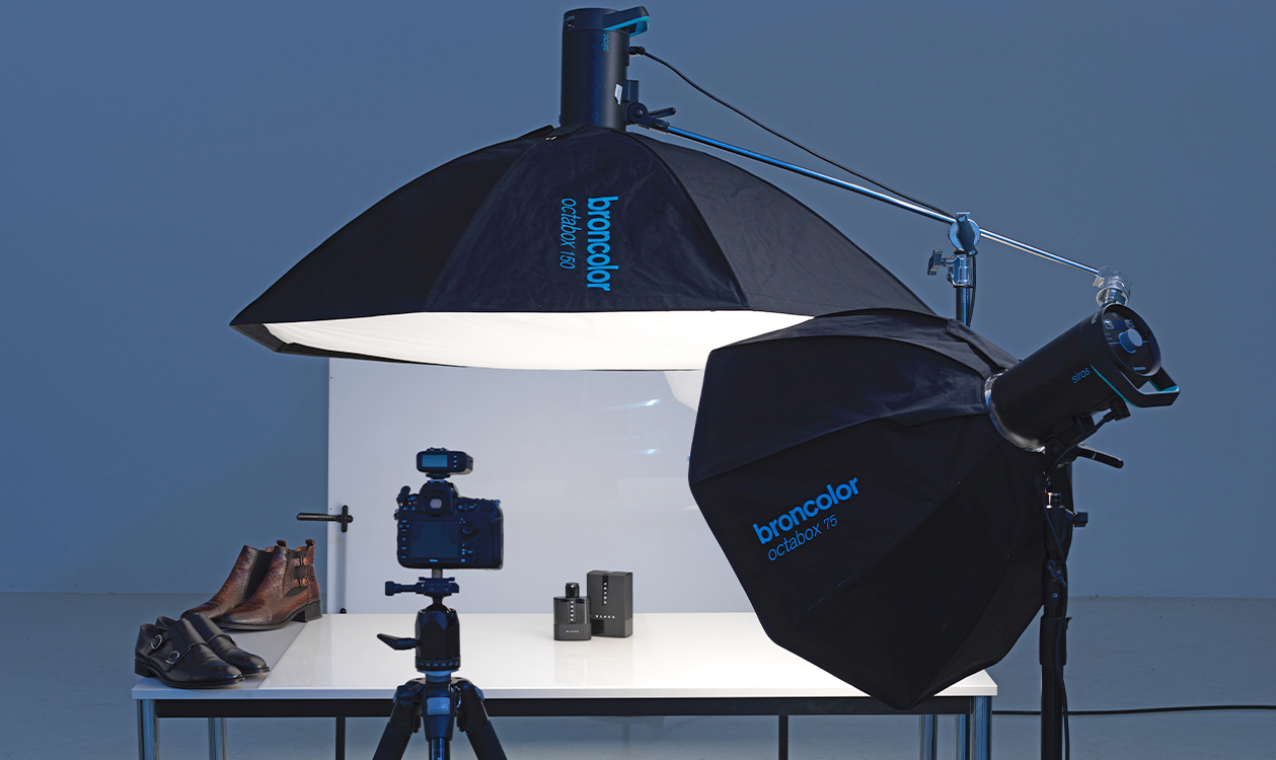What is Bounce Lighting in Photography and Why It Matters?
As a professional photographer, understanding the nuances of lighting is crucial. One technique that can elevate your photography is bounce lighting. But what is bounce lighting in photography? It's a method where light is directed towards a reflective surface, allowing it to scatter and illuminate the subject with a softer, natural feel.
In this article, we will dive deep into **bounce lighting**, explore its benefits, and discuss techniques for incorporating it into your shoots. Whether you're shooting portraits or landscapes, understanding this technique can greatly enhance the quality of your work.

Understanding Bounce Lighting
Before delving deeper into bounce lighting, its important to differentiate it from direct lighting. Direct lighting creates harsh shadows and bright highlights, whereas bounce lighting offers a softer alternative by diffusing light through reflection. Typically employed in situations where soft shadows are desired, this technique involves directing artificial or natural light towards a white wall, ceiling, or any other reflective surface.

Why Use Bounce Lighting?
The benefits of using bounce lighting are plentiful. Here are a few compelling reasons to incorporate it into your photography:
- Softens Shadows: Bounce lighting helps minimize harsh shadows, resulting in more flattering portraits.
- More Natural Appearance: This technique provides an organic look, similar to natural sunlight.
- Control: Photographers can manipulate where the light reflects, allowing for creative freedom in capturing an image.
Key Techniques for Effective Bounce Lighting
Implementing bounce lighting isnt merely about directing light towards a surface; it involves various strategies:
1. Choosing the Right Surface
Not all surfaces reflect light equally. White walls offer a clean bounce, whereas a beige wall will introduce color to the subject. Similarly, bounce boards or reflectors provide targeted reflections.
2. Modifying Light Intensity
By adjusting the distance of your light source from the bouncing surface, you can control the intensity of the light hitting your subject. Closer proximity results in more intense illumination.
3. Experimenting with Angles
The angle of the light can drastically affect the appearance of your shots. Try varying the angles until you achieve the desired aesthetic.
4. Utilizing Bounce Cards
Bounce cards offer portable options to manipulate light on-the-go. They can be especially useful in outdoor environments or when working in tight spaces.
Common Mistakes to Avoid
While bounce lighting can be incredibly effective, many photographers make crucial errors. Common blunders include:
- Overbouncing: Too much bounce can produce undesired brightness, washing out colors.
- Neglecting Surface Color: Highlighting colored walls can result in unwanted hue casts.
- Ignoring Distance: Forgetting the importance of distance can lead to imbalanced lighting.

Types of Bounce Lighting in Photography
Understanding different bounce lighting types can expand your creative toolkit:
- Natural Bounce: Utilizing sunlight bouncing off surfaces, such as leaves for outdoor portraits.
- Artificial Bounce: Using studio lights aimed at surfaces (walls, ceilings) for versatile indoor shots.

Combining Bounce Lighting with Other Techniques
For a comprehensive lighting strategy, combining bounce lighting with additional techniques can yield stunning results. For instance, blending bounce lighting with backlighting or using it along with reflectors can dramatically enhance the quality of your images.
For more on lighting strategies, check out Essential Shaping Light Tutorial.
FAQs
1. Can Bounce Lighting Work Outdoors?
Yes, bounce lighting can work effectively outdoors by utilizing the sun as your light source.
2. What Equipment Do I Need for Bounce Lighting?
A simple reflector or a white bounce card can significantly enhance your bounce lighting capabilities.
3. How Does Bounce Lighting Affect Color Temperature?
The color of the surface youre bouncing light off will affect the overall color temperature in your images.
For more insights into lighting techniques, visit The Importance of Light.
Conclusion
In photography, lighting can be the fundamental element that sets a picture apart from merely good to extraordinary. Understanding what is bounce lighting in photography and how to apply it correctly allows photographers to create images with more depth, mood, and emotion. As you continue to develop your skills and experiment with various lighting methods, remember the versatility of bounce lighting.
For further reading on lighting techniques, consider types of lighting and lighting techniques.
As an Amazon Associate, I earn from qualifying purchases.

